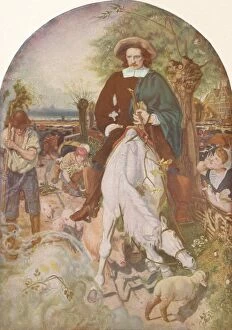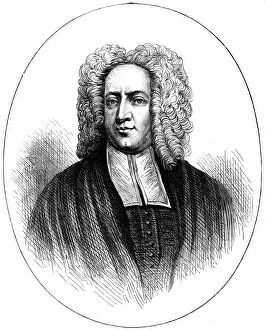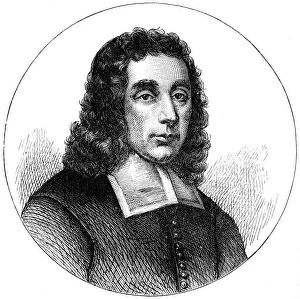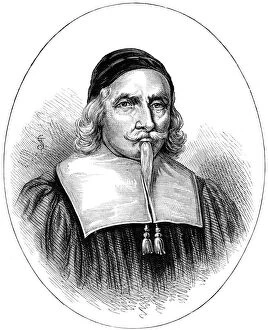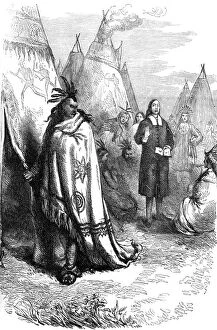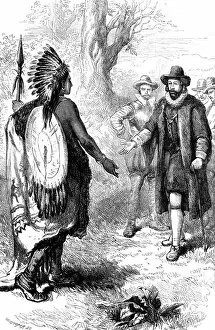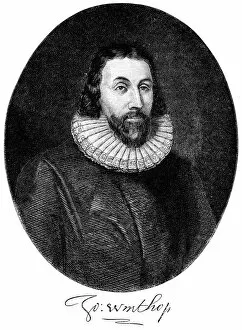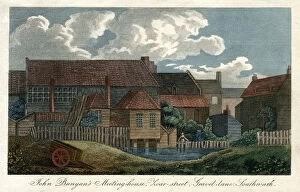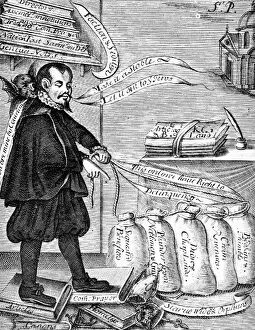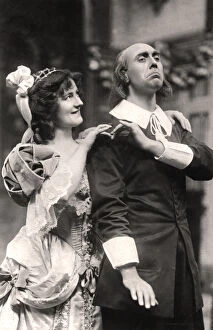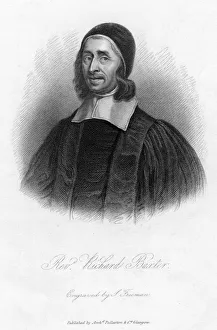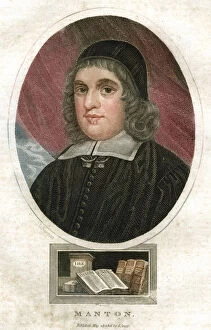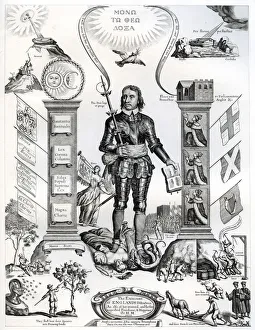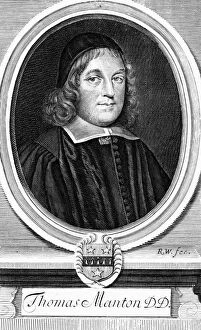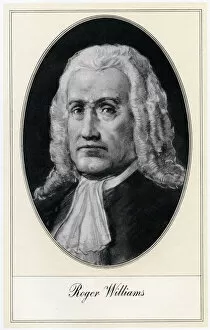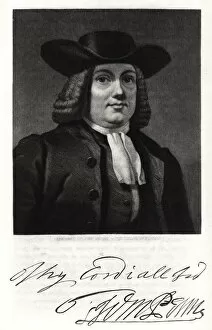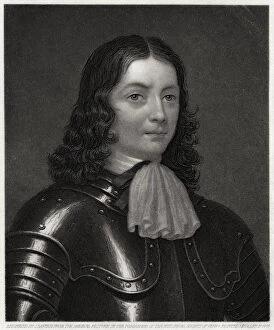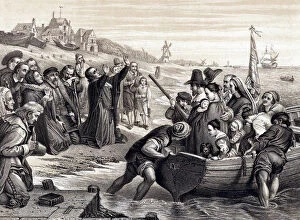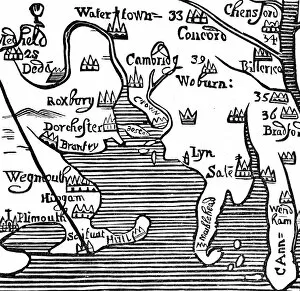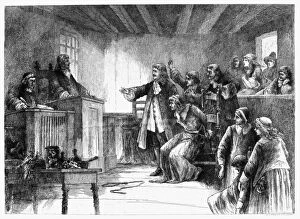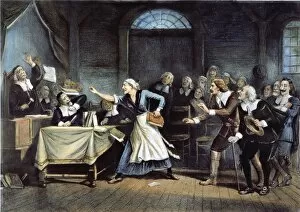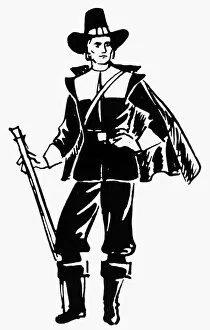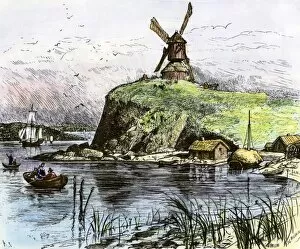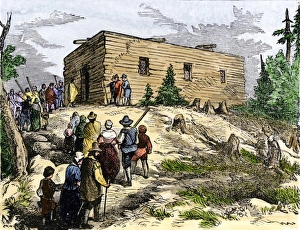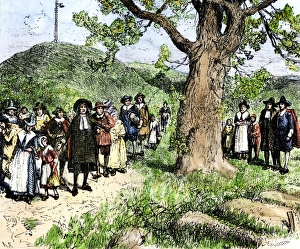Puritan Collection (page 7)
The Puritans, a group of English Protestants who sought to purify the Church of England from within, played a significant role in shaping early American history
All Professionally Made to Order for Quick Shipping
The Puritans, a group of English Protestants who sought to purify the Church of England from within, played a significant role in shaping early American history. Their journey began aboard the Mayflower at sea in 1620, as Pilgrims seeking religious freedom crossed treacherous waters to reach the shores of what would become Plymouth. Fast forward to 1637, and we find ourselves witnessing the trial of Anne Hutchinson at Boston. This courageous woman challenged traditional gender roles and religious authority, ultimately paying a heavy price for her beliefs. The wood engraving capturing this moment serves as a reminder of the struggles faced by those who dared to question societal norms. Meanwhile, across the Atlantic Ocean, Oliver Cromwell led his forces into battle at Edgehill during the English Civil War. His victory marked a turning point for Puritan influence in England and set the stage for future political developments. Back in America, Salem became synonymous with hysteria and injustice during the infamous witch trials of 1692. Court records reveal chilling testimonies that tore communities apart as innocent lives were lost amidst accusations fueled by fear and superstition. Yet not all Puritan stories end tragically; some found solace in new settlements like Hartford, Connecticut. These first settlers forged their own path away from persecution and established communities where they could practice their faith freely. However, not everyone was fortunate enough to escape punishment. Families banished from Puritan Massachusetts faced hardship as they tried to rebuild their lives elsewhere – reminders that dissent often came with severe consequences. Throughout these tumultuous times, influential figures such as Cotton Mather emerged with works like his Witchcraft book published in 1689 – texts that both perpetuated fears surrounding witchcraft while also documenting an era steeped in paranoia.

